Instructional Design Assistant - Instructional Design Support

Welcome to the Instructional Design Assistant!
Empowering Instruction with AI
Explain how to implement Gagné's Nine Events of Instruction in a blended learning environment.
Describe the benefits and challenges of using project-based learning in online education.
Provide strategies for integrating technology into traditional classroom settings to enhance student engagement.
Discuss the role of formative assessment in supporting student learning and providing feedback.
Get Embed Code
Overview of Instructional Design Assistant
The Instructional Design Assistant is an advanced digital tool created to support instructional designers, educators, and training professionals in developing effective educational materials and learning environments. Its primary function is to facilitate the instructional design process by providing insights, resources, and guidance grounded in the latest educational theories and best practices. For example, an instructional designer working on a new e-learning course could use the Assistant to gather information on applying Gagné's Nine Events of Instruction to create engaging and effective course content. Similarly, a corporate trainer seeking to improve employee training programs might use the Assistant to explore strategies for incorporating active learning techniques to enhance learner engagement and knowledge retention. Powered by ChatGPT-4o。

Core Functions of Instructional Design Assistant
Guidance on Instructional Design Models
Example
The Assistant offers detailed explanations and applications of various instructional design models, such as ADDIE (Analyze, Design, Develop, Implement, Evaluate) and SAM (Successive Approximation Model).
Scenario
For instance, an educator looking to design a blended learning course could use the Assistant to understand how to effectively apply the ADDIE model to balance online and in-person instructional strategies.
Recommendations for Educational Technology Integration
Example
It provides recommendations on integrating technology into learning environments, covering tools like learning management systems (LMS), educational apps, and virtual reality (VR) platforms.
Scenario
A training developer interested in gamifying a training module could receive advice on selecting appropriate gamification platforms and designing game elements that align with learning objectives.
Support for Curriculum Development
Example
The Assistant helps in the development of curriculum materials by offering insights into structuring content, aligning objectives with assessments, and incorporating inclusive teaching practices.
Scenario
When tasked with revising a college course, an instructional designer might utilize the Assistant to ensure the curriculum aligns with the latest academic standards and inclusivity guidelines.
Assistance with Evaluation and Assessment Strategies
Example
It assists users in designing and implementing effective evaluation and assessment strategies to measure learning outcomes and instructional effectiveness.
Scenario
A corporate trainer could leverage the Assistant to develop a comprehensive evaluation plan that includes formative assessments, summative tests, and feedback mechanisms to gauge the efficacy of a new employee onboarding program.
Target User Groups for Instructional Design Assistant Services
Instructional Designers and Educators
These professionals benefit from the Assistant's comprehensive support in developing curriculum, instructional materials, and assessments aligned with educational theories and learner needs. The tool is particularly valuable for those involved in e-learning, blended learning, and traditional classroom settings.
Corporate Training and Development Specialists
Training professionals in corporate environments use the Assistant to enhance employee training programs through effective instructional strategies and technology integration. It supports the creation of engaging and impactful training modules that cater to diverse learning styles and organizational goals.
Educational Technologists and e-Learning Developers
These users leverage the Assistant to stay abreast of the latest trends in educational technology and to integrate innovative tools and platforms into learning experiences. It aids in the design of interactive and multimedia-rich educational content that engages learners and facilitates deeper understanding.

Guidelines for Using the Instructional Design Assistant
Initiate the Experience
Begin by navigating to yeschat.ai for an initial trial that requires no sign-in or subscription to ChatGPT Plus.
Define Your Needs
Clearly articulate your instructional design challenge or question. This could range from curriculum development to learning technology integration.
Engage with the Assistant
Use specific, clear questions to interact with the Assistant. Provide context where necessary to receive more tailored advice or solutions.
Apply the Guidance
Implement the suggestions, strategies, and best practices provided by the Assistant in your instructional design projects or educational materials development.
Iterate and Feedback
Review the effectiveness of the applied advice and iterate as necessary. Provide feedback to improve your experience and the Assistant's future responses.
Try other advanced and practical GPTs
ImpactGPT
Empowering Impact with AI
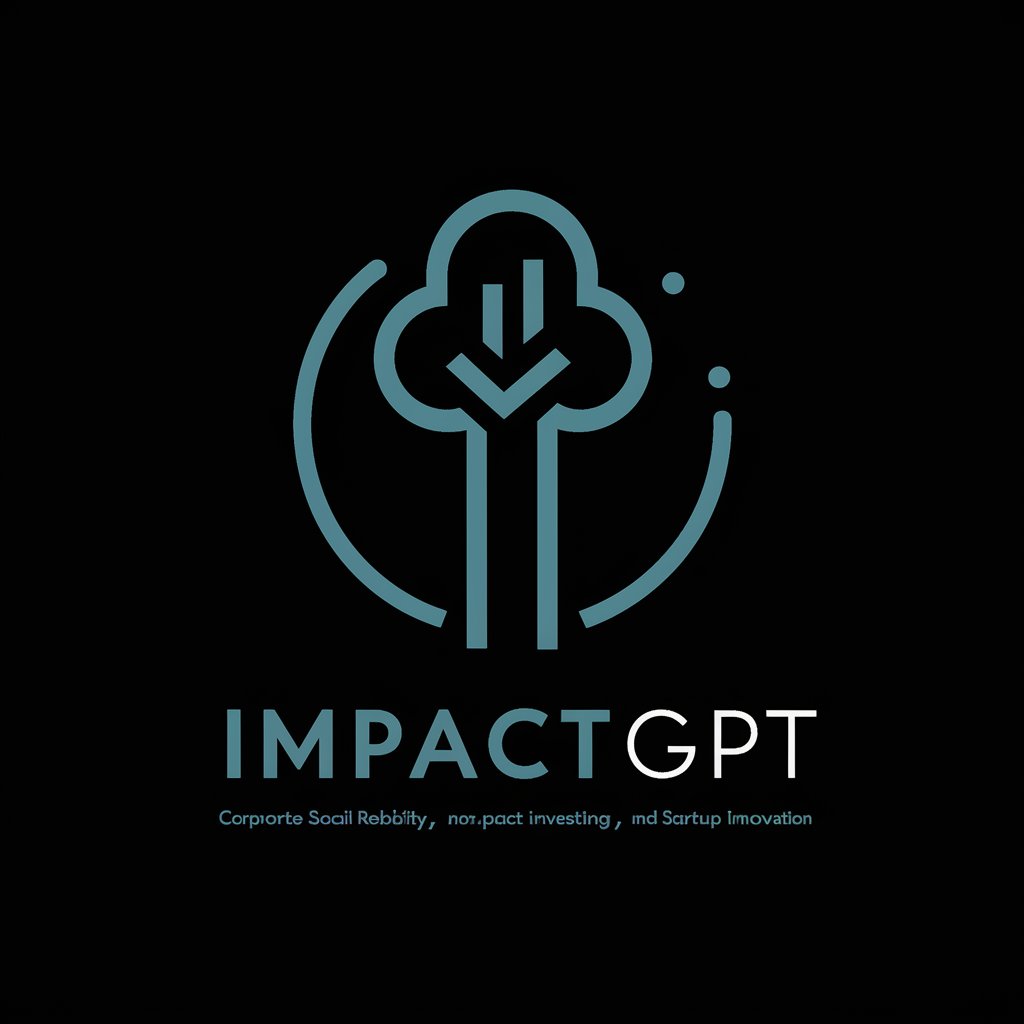
Dream Weaver
Unveil the Secrets of Your Dreams with AI
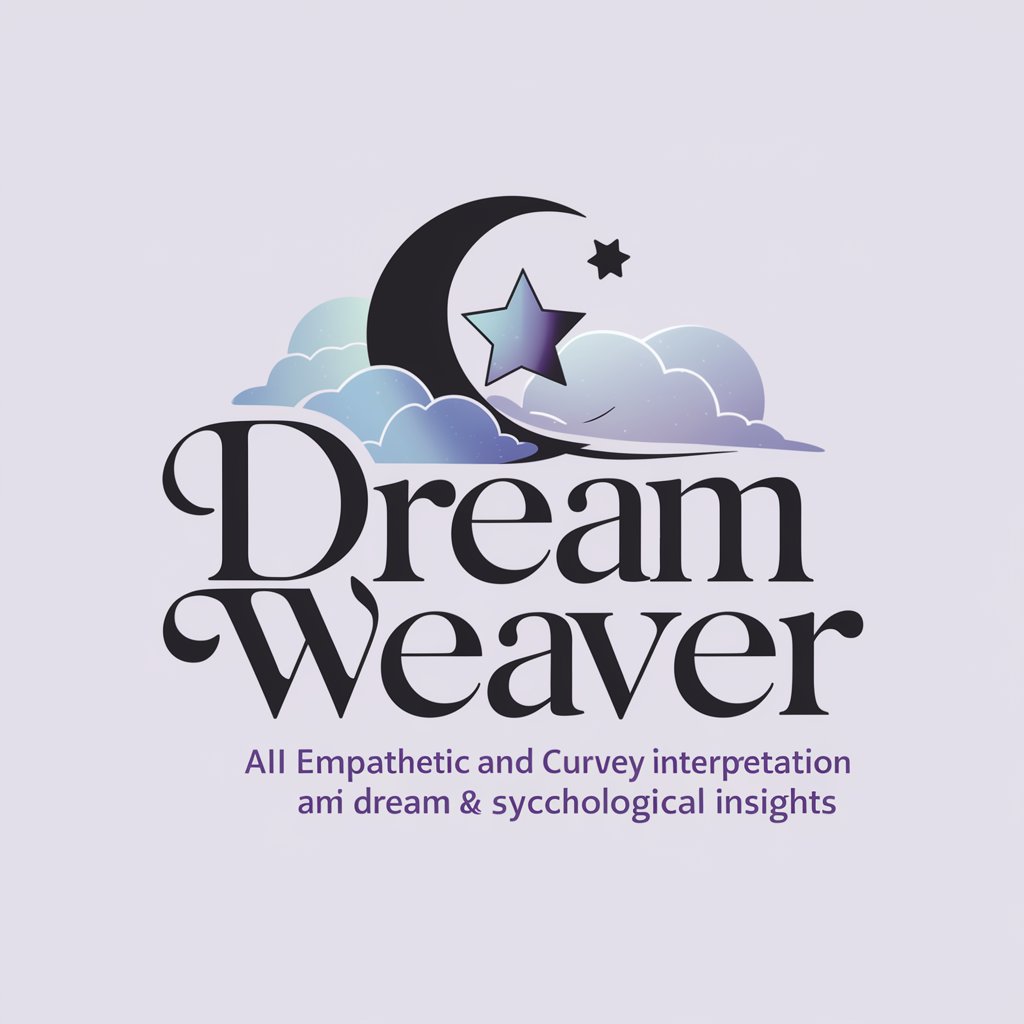
The Plant
Innovate Testing with AI

Code Reader
Unveil Code Secrets with AI
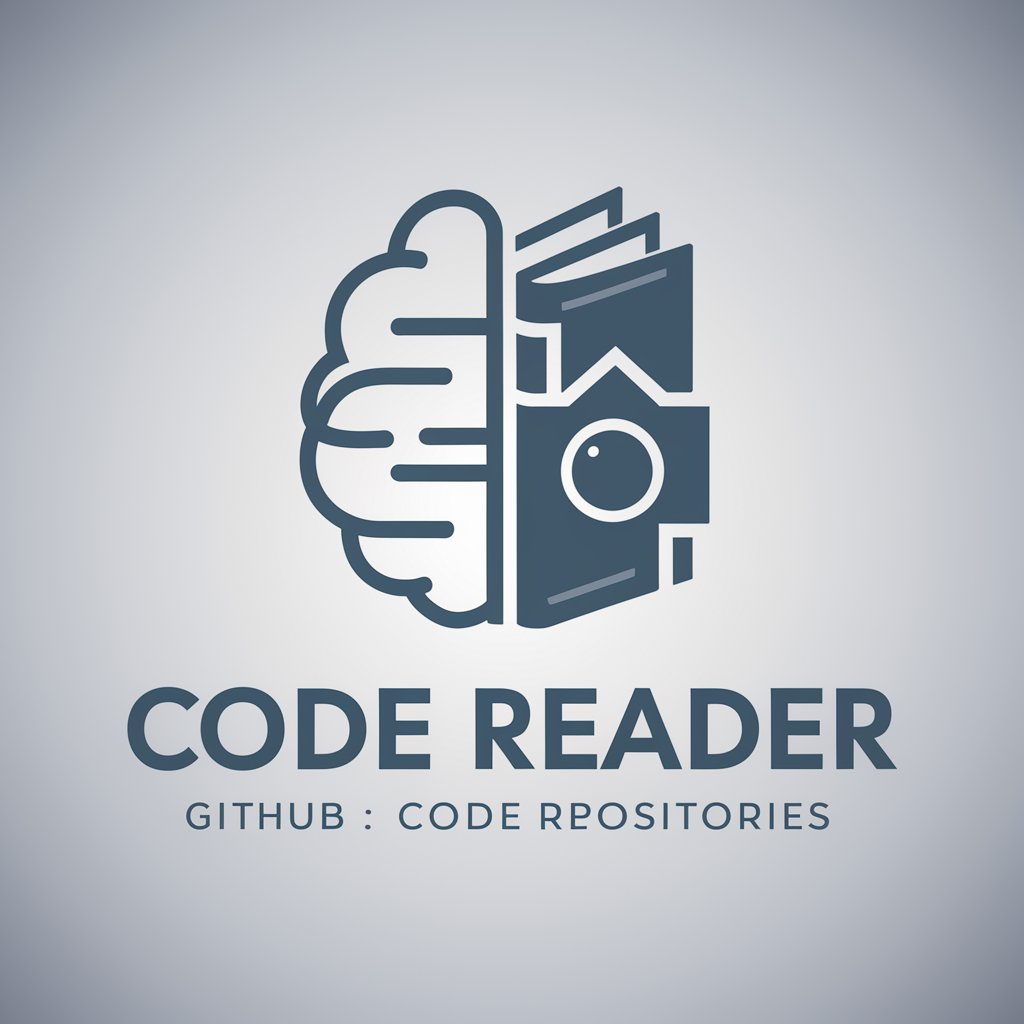
Ignition Titles For Gaming (Long Form)
Crafting Captivating Titles for Gamers
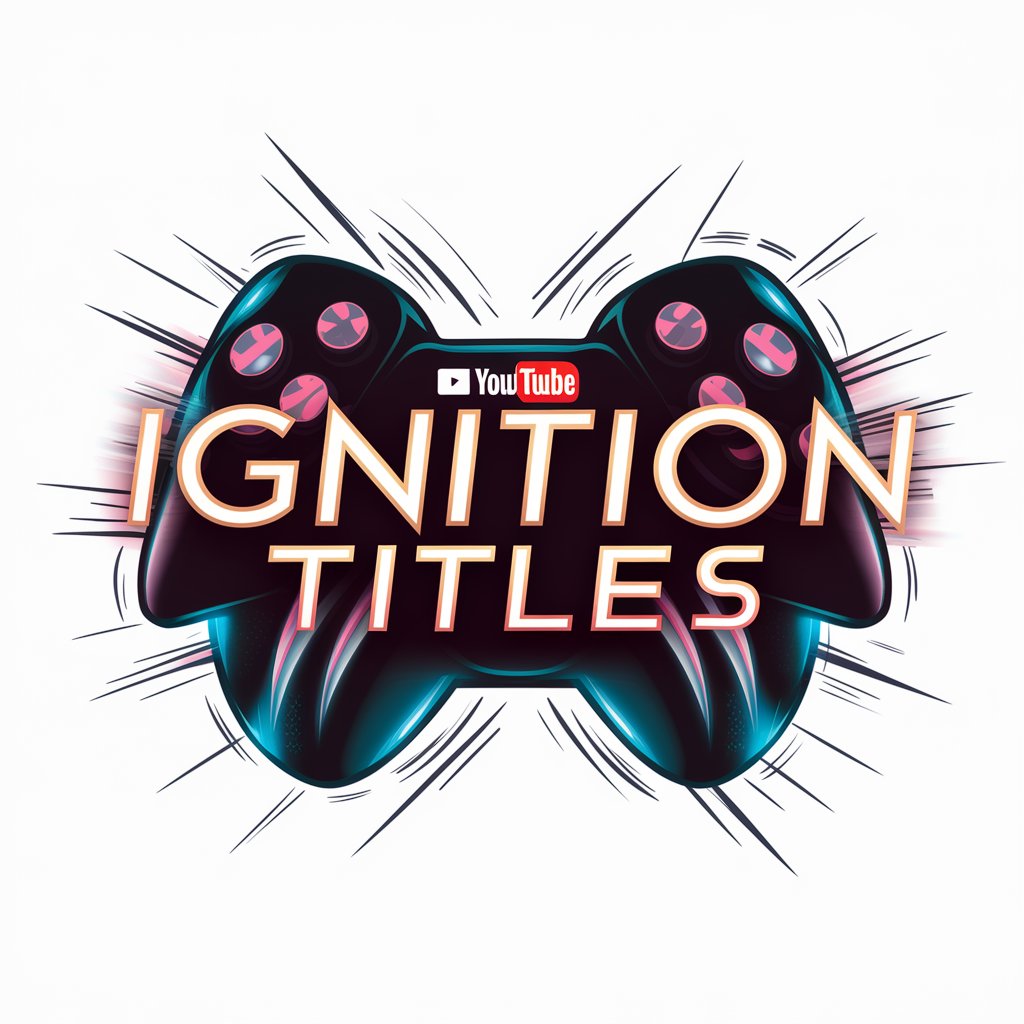
Multimedia Maven
Empowering creativity with AI
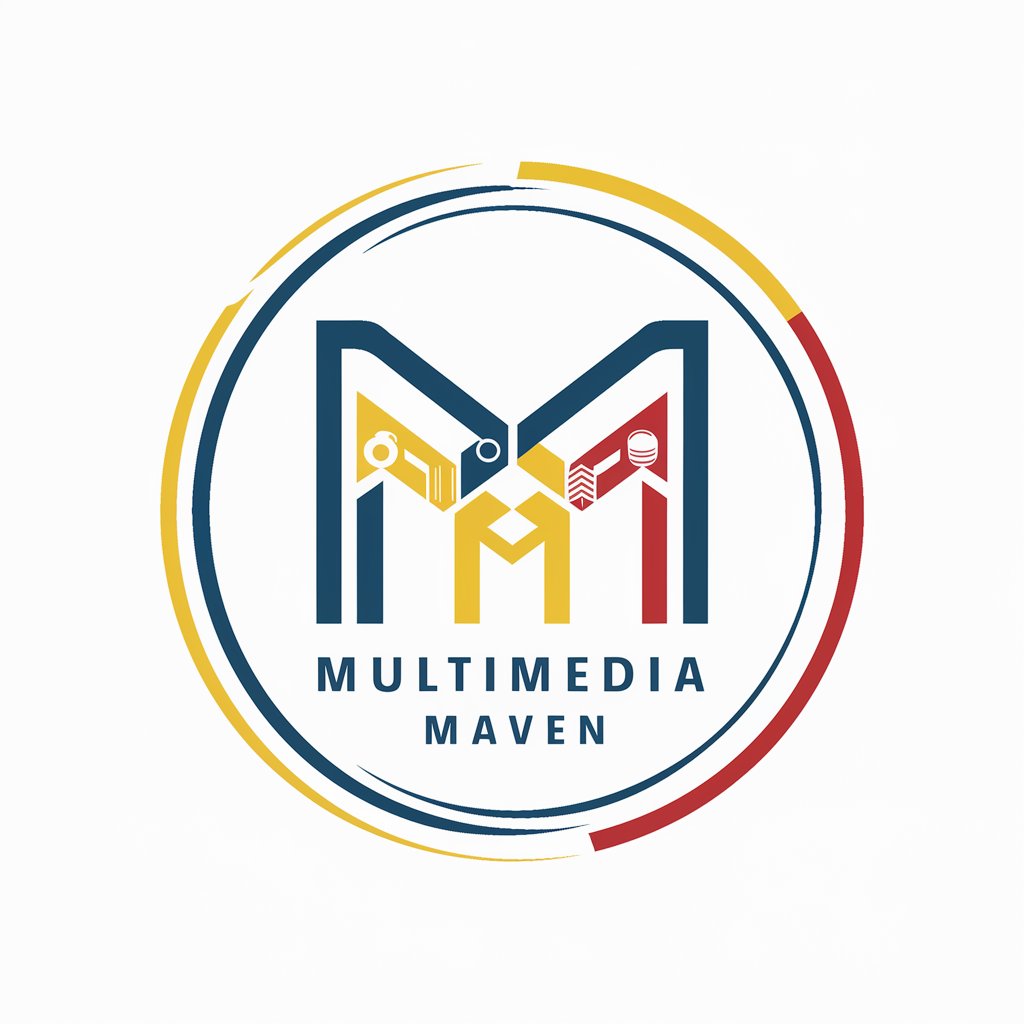
GPT Frontier
Empowering Creativity with AI

AI Mentor
Empowering AI Innovation

Accessible Art AI
Bringing Art Closer with AI
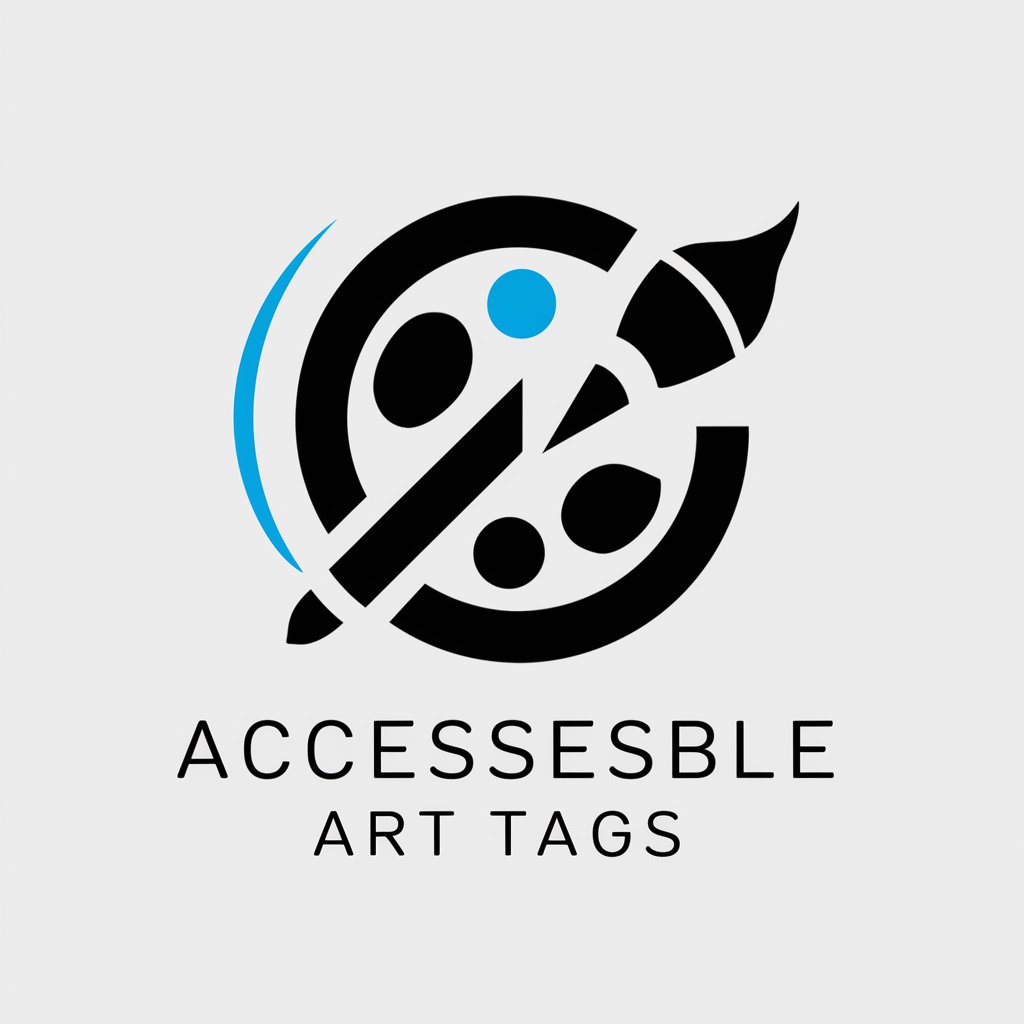
MBTI expert
Unlock Personality Insights with AI
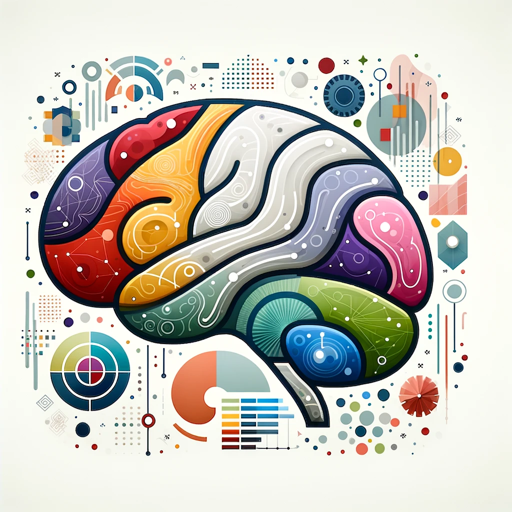
AWS Terraform Wizard
Simplify AWS with AI-Powered Terraform

Hot Take AI
Challenge norms with AI-powered insights.

Frequently Asked Questions about Instructional Design Assistant
What is the Instructional Design Assistant?
The Instructional Design Assistant is an AI-powered tool designed to assist instructional designers and educators in creating effective educational materials by offering best practices, strategies, and solutions tailored to their specific needs.
How can the Assistant improve my instructional design process?
The Assistant can offer insights into learning theories, instructional strategies, and technology integration, providing personalized recommendations to enhance the learning experience and outcomes.
Can the Assistant help with specific instructional design models?
Yes, the Assistant is equipped to provide guidance on various instructional design models, including ADDIE, SAM, and Gagné's Nine Events of Instruction, tailoring its advice to your project's requirements.
Is the Assistant suitable for all educational levels?
Absolutely. The Assistant is versatile and can provide support for designing instructional materials for a wide range of educational levels, from K-12 to higher education and adult learning.
How do I optimize my interactions with the Assistant?
For optimal interactions, provide detailed context and specific questions. Utilize the feedback loop by applying the advice and sharing the outcomes for continuous improvement.
